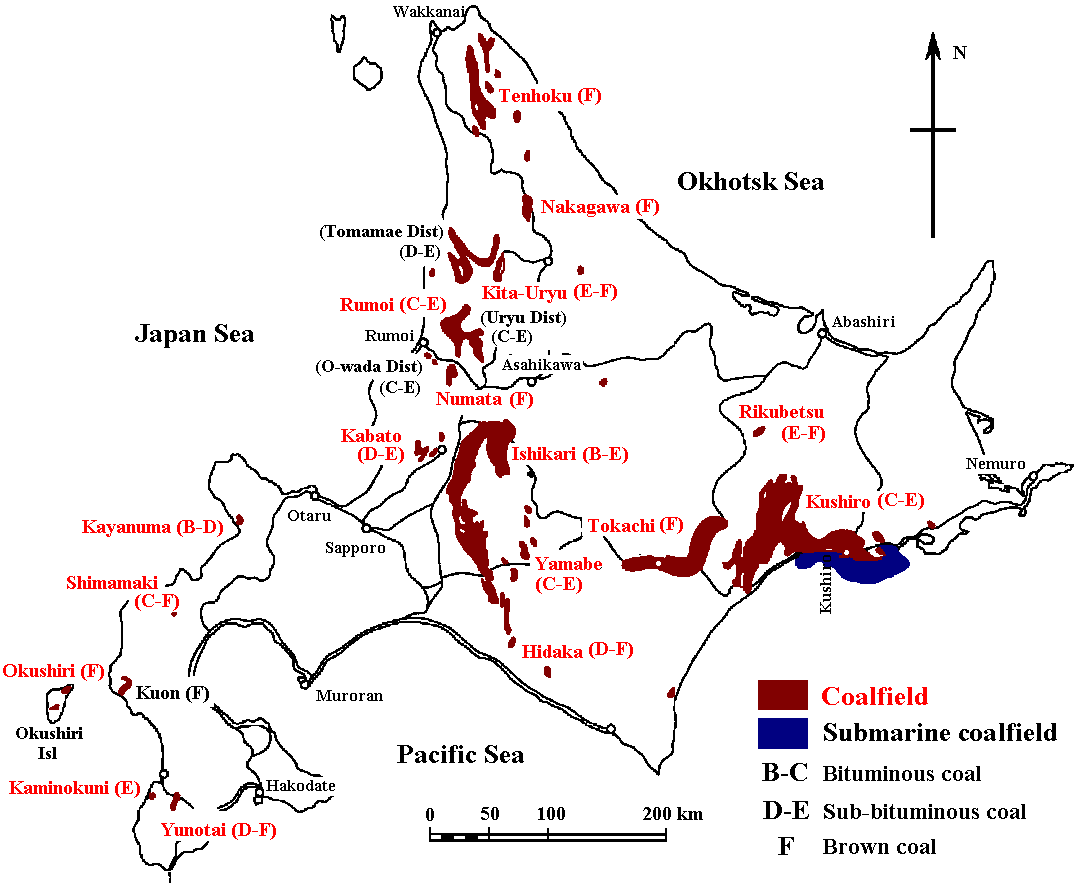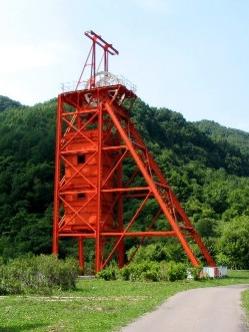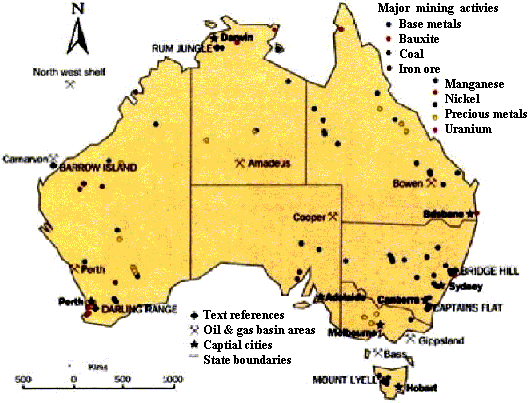(Upload on October 21 2024) [ 日本語 | English ]
Mount Usu / Sarobetsu post-mined peatland
From left: Crater basin in 1986 and 2006. Cottongrass / Daylily
HOME > Research summary > Revegetation after mining
|
For the restoration, we have to mention chemical and physical soil properties.
IndonesiaCoal miningOpen-cut mining → removal of vegetation and landform tranformation → changes at landscape level |
surface soil removal Coal mining damage (炭鉱害) |
There are many coal-slag heaps (small mountain made by coal slag) aound abandoned coal mines not only in Japan. We have to consider the revegetation.SoilContamination of Cr, Ni, Zn and As from coal combustion (Botswana) (Zhai et al. 2009)V, Cr, CU, Mn, Zn and Pb, measured by X-ray fluorescence spectrometer (stone coal mine in Hubei Province, China) (Li et al. 2016) → V, Dr, Cu and Zn originated from stone coal slag |
Coal ball or coal apple (コールボール)1855 Hooker and Binney: proposed call ballA lump of petrified plant matter, frequently spheroid, found in coal seams of the Upper Carboniferous (325-280 Mya) formed in Carboniferous swamps and mires, when peat was prevented from being turned into coal by the high amount of calcite surrounding the peat sources of fossil information relating to the forests preceding the Coal Age |
 Distribution of coalfields in Hokkaido, Japan (Hokkaido Government 1993) Now, there are only one company mines coal in eastern Hokkaido (except minor mining). |
Four major coalfieds in HokkaidoIshikari coalfield (石狩炭田)

 Yubari Coal Mine, closed in the 1990s → decreased from over 100000 at its peak to around 10000 in recent years Rumoi coalfield (留萌炭田)Tenpoku coalfield (天北炭田)Kushiro coalfield (釧路炭田)Effects on population dynamicsThe closure of coal mines had significant impacts on population dynamics in Japan. The shutdown led to a decline in local employment opportunities, causing a substantial reduction in the workforce. Then, many residents were forced to migrate to urban centers or other regions in search of alternative employment. This out-migration contributed to a decrease in the population of former mining communities. Additionally, the closure of mines also led to economic decline in these areas, further exacerbating the population decrease as businesses and services that relied on the mining industry also suffered.Ex. Takashima Coal Mine (Nagasaki), closed in 1986 → 5491 at the time of closure → 2568 (6 months later), 1554 (2 years later), 1063 (10 years later) |
|
|
mine mouth = 550 m elevation
officially closed on March 31 2006
produced metals: Ag, In, Zn, Pb, etc.
AustraliaALCOA (alminium company of America of Australia)1963: started mining in Wagerup, Burbury, WAHuntly, Worsley Natural vegetation = jarrah forest Soil Topsoil = 10-20 cm deep → seedbank (germination test) > 1000/m² Caprocle Friable zone Clay Base rock = mostly granite caprocle and friable zomne → accumulated bauxite Process of mining: clearing → double stripping → miningdouble stripping → high similarity to natural forest Succession: early stage = orchids → gradually increasing EucalyptusNeed to consider the effects of fire in WA → Exp. artificial fire at Jarrahdale Restoration:1) reduce the herbivous damages by kangaroo 2) stock-piling
a) stock-piling: remaining the debris References(Western) Australia
|

OthersSumitomo Metal Mining (bauxite mined in Kien Giang Province, Vietnam
|